
How do I choose the right light color?
The color of light or color temperature is expressed in Kelvin. The full spectrum ranges from 1800K to 16000K. In our range we have LED lamps with different color temperatures namely: 2200K, 2700K, 3000K, 4000K, 5000K, 6000K. In addition, we also have RGB lamps with colored light, these can emit all colors of the color spectrum. The light color you need depends on the room where the lamps are placed. Below is a brief overview with color indication of the different light colors/color temperatures
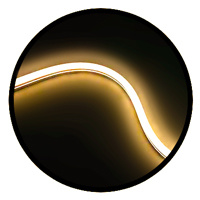
Extra warm 2200K

Warm 2700K
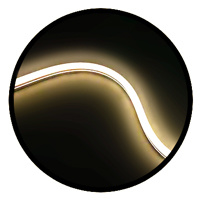
Warm white 3000K
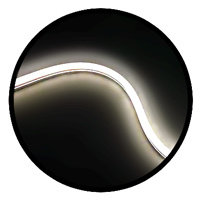
Natural white 4000K
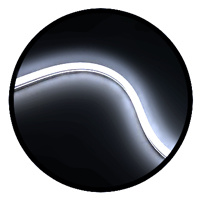
Neutral white 5000K

Cold white 6000K
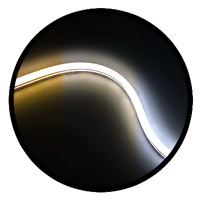
CCT 3000K - 6000K
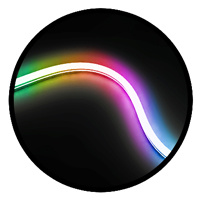
RGB Full color
Using the right light color
The choice you will make for the color temperature of the LED lighting depends on the purpose of the room where the light will be placed. By this we mean the purpose for which the light will be used. Will the room be used to work or will the room be used to relax. It may be work during the day and relaxation at night. The type of work also affects the right color temperature.
Warm white
If the room is used for relaxation, it is best to use a warm white light color. This can range between 2200K and 3000K. Where 2200K has a more orange glow and 3000K is a bit brighter. Think about using it at home in the living room or bedroom. But also for business lighting in restaurants and cafes, for example, where you want your guests to feel at ease. Also in stores, hotel rooms or outdoor lighting for terraces and gardens.
Natural white
In for example office spaces, receptions, museums, schools, libraries, sports halls and waiting rooms, good visibility focus but also a nice atmosphere is desired, here a bright white light color of 4000K fits well. Bright white most closely corresponds to bright, sunny daylight.
Cold white
Good visibility and extreme concentration is needed in, for example, dental practices, beauty salons, hospitals or laboratories. Then a cold white light color of 6000K fits better. This light color is also best suited for lighting and color rendering of objects and people. This is because this light color most closely matches very bright (cloudy) daylight. So this is also perfect for hobby rooms, workshops or work sheds and garages.
What is CCT?
CCT stands for Color Changing Temperature. Simply put, adjusting the color temperature. In LED lighting with CCT, you can therefore adjust the color temperature yourself. Generally this ranges from 2700K Warm White to 6500K Cold White. So you can set the lights the way you want and change them at any time if there is a need for this.
What is RGB+CCT?
CCT often goes together with RGB, so you can change your LED lighting not only color temperature but also light color. This gives you an almost infinite choice of light colors and you are assured of an atmosphere to your liking at any time.
Does light color affect biological rhythms?
Light color can repel the production of melatonin. Melatonin is a hormone that plays a role in the body's sleep-wake rhythm. In the evening, melatonin is produced that lets the body know it is time for bed. Bright or cold light (blue light) delays/stops the release of melatonin. It keeps a person attentive and focused. This is also why this color of light is most commonly used during working hours. This is also true of the blue light that comes from phone, tablet, computer and TV screens. It is also a reason why people often have trouble falling asleep because they stare at one of these screens before bedtime and are exposed to blue light.
Warm white light, on the other hand, hardly affects the release of melatonin. Therefore, it is not recommended to use this type of light for workspaces such as offices or classrooms because this light causes fatigue. In the evening, on the contrary, it can have a beneficial effect on unwinding and getting tired naturally

